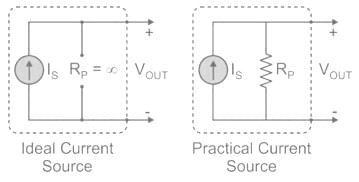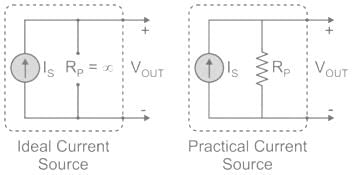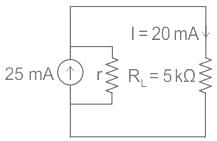Test: Dependent & Independent Sources - 1 - Electronics and Communication Engineering (ECE) MCQ
10 Questions MCQ Test - Test: Dependent & Independent Sources - 1
The Norton theorem reduces a circuit to which of the following circuits?
In which constant voltage system following operations are performed:
- Measure the system current
- Compare it with a reference current
- Computes and amplifies the error signal
If an ideal voltage source and ideal current source are connected in series, the combination
A non-ideal current source of 25 mA is supplying a resistive load of 5 kΩ. If the actual current flowing through the load is 20 mA, then the internal resistance of the source is:
To neglect a voltage source, the terminal across the source are:
Which one of the following must be ensured when two batteries are connected in parallel?
Which one of the following gives the V - I characteristic of an ideal voltage source?
What is the other name for Dependent sources?
In which of the following elements, the voltage does not depend on either the value of the current flowing through the source or its direction?
























